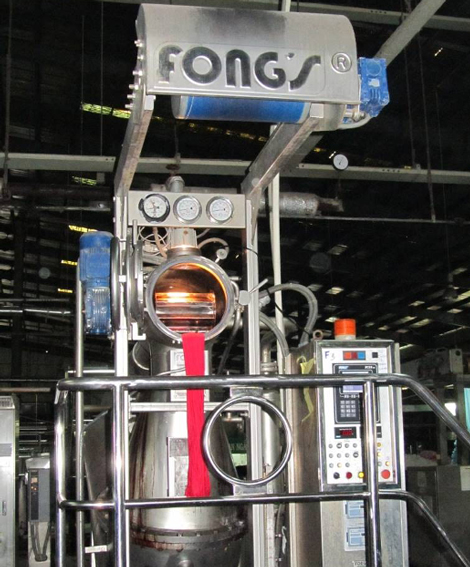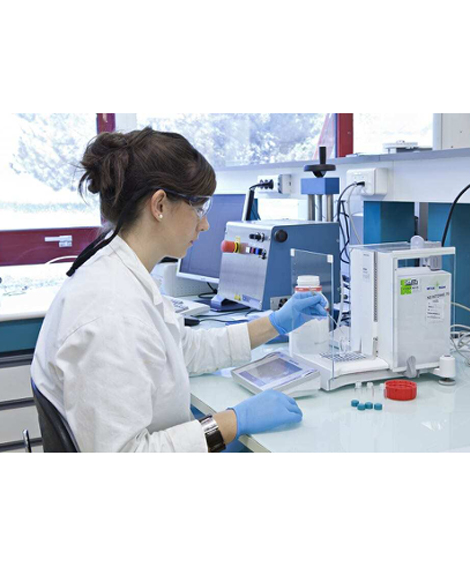In this course you will take an in-depth look at the nature of wool processing effluents and explore the methods for management of polluting discharges. This course also investigates the methods for removing potential pollutants from liquid effluents and describes the application of effluent management techniques to wool processing. It also aims to provide you with an understanding of the processes involved in the management of wastewater and the options available to wool processors.
By the end of this course, you should be able to:
- describe the components of the effluents from all wool processes and their potential impact on the environment
- explain in general terms the methods for treatment of effluents, especially from wet processes
- describe the concept of waste minimisation
- outline the application of the management techniques to wool processing effluents.
- Wool processing effluents
- Biological waste management methods
- Chemical waste management methods
- Physical waste management methods
- Waste minimisation
- The treatment of raw wool scouring effluents
- Other wool processing effluents
- Quality assurance
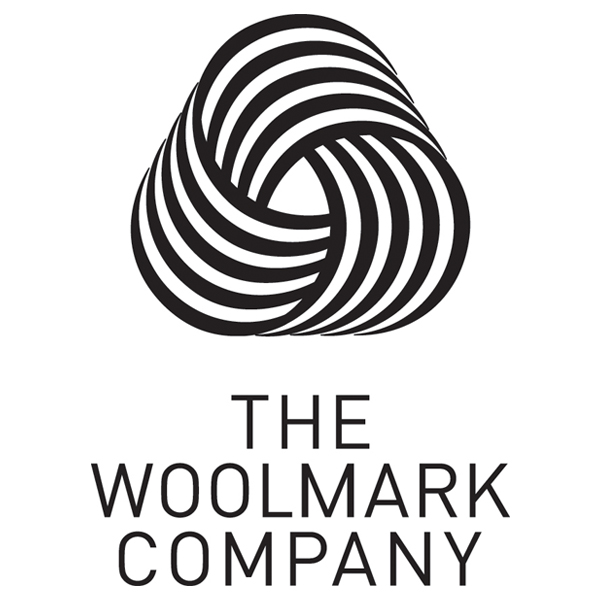
Módulos: 8
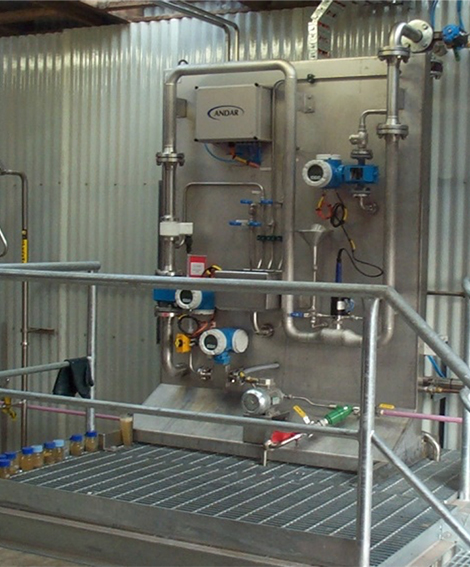
This first module offers an overview of the types of waste involved in wool processing. It provides an insight into the the environmental factors that affect waste management from wool processing and outlines the options available to manage waste.
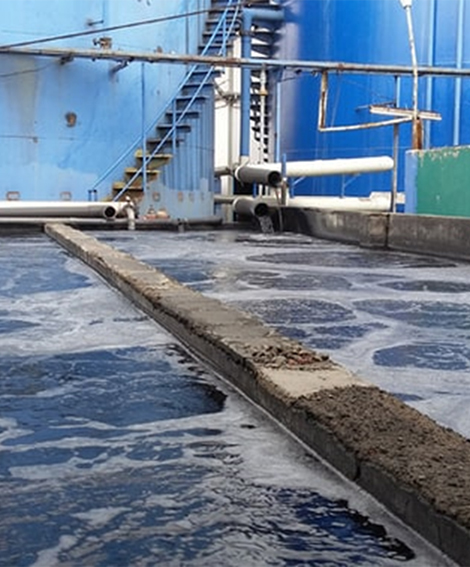
This module looks at the different types of biological treatments available for waste management and describes the factors involved in the biological treatment process. It also looks at the problems associated with biological waste management treatments.
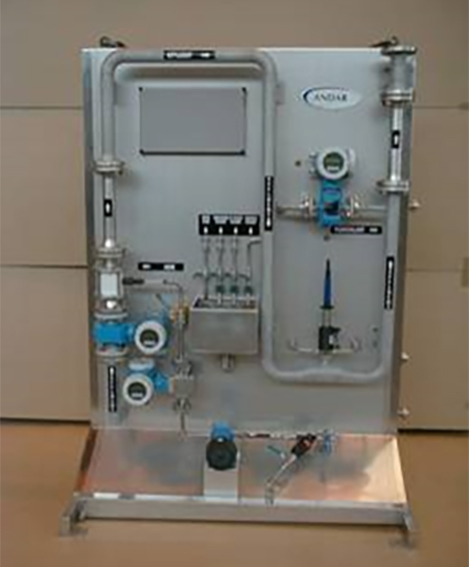
This module takes a close look at the different types of chemical treatments available for waste management and explores the concept of ‘jar testing’ to evaluate the effectiveness of different chemicals for some chemical treatments. It also describes the problems associated with chemical waste management treatments.
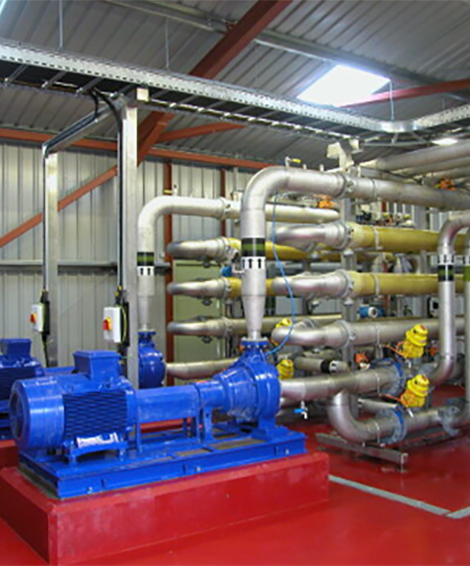
This module describes the different types of physical treatments available for waste management. It also explains the process used for sludge treatment and disposal, and how and why treatment systems are combined.
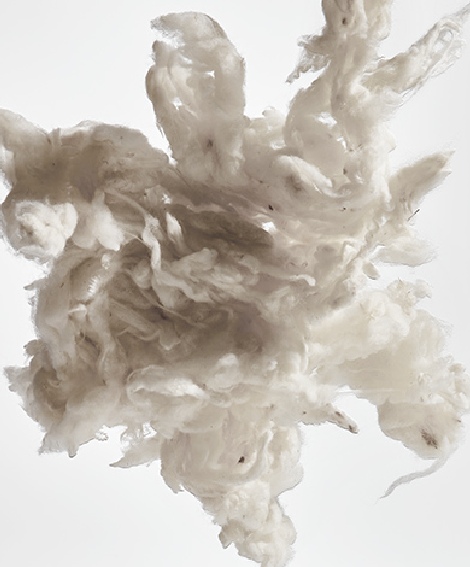
This module investigates the problems posed by raw wool scouring effluents in relation to wastewater treatment. It describes the methods used to treat raw wool scouring wastewaters and explains the best practice principles involved in treating raw wool scouring effluent and treatment of scouring wastewaters according to location.

